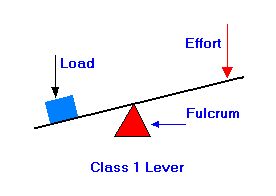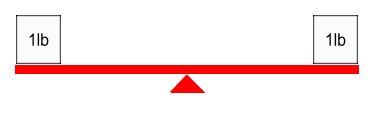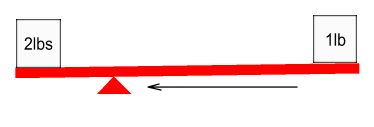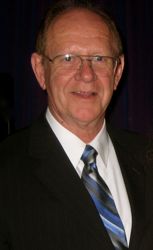• Getting More Done
 Getting More Done, with Less Effort
Getting More Done, with Less Effort
Because people live in constant motion, it’s easy to forget that we have a choice in everything we do. Balance coaching is about guiding students to make powerful life choices and to select the experiences they want most, rather than dashing about either at the mercy of circumstances or trying to have it all.
This might sound strange, but the way to get more done is to get out of balance! When there is too much to do, and things are out of balance, I used to just compensate—to work harder to get more done. However, the opposite is better, eliminate something and concentrate on what is strategic. Let me try to illustrate this by looking at a playground teeter-totter.
Balance for the teeter-totter is a function of similarly weighted ends counterbalanced from the fulcrum in the center. If you allow too much weight on one end, more effort is required to bring to ends to balance—something has to change.
However, let’s look closer at how things work. What would happen if you could move the fulcrum off center with the same load? “Out of balance,” right? But now you can increase the load on the short end and get back in balance with the same effort with the leverage. Lesson: if you are out of balance, move the fulcrum. You can do more with the same amount of effort!
So here is the test of leadership: how do you make choices to move the fulcrum to get more leverage with less effort? This simple technique is the secret of staying in balance.
This same balancing act occurs in leadership all the time. We just have to recognize it and make some strategic decisions. Here are few examples of how decisions can leverage balance.
1. Study How Things Work. Pray for wisdom to understand what is happening. What is the underlying principle here? Try not to respond too quickly, take a little time for consideration. Can I delegate a portion of this work? What are my options for getting this done? Do I need a policy or a procedure for handling this? How can I handle this differently?
2. Let Go of Something—Anything that can Wait or Be Delegated. All of a sudden what I thought was important, is not really important to handle now. Limited time might dictate your ability to do alternative thinking—to recalibrate what can really get done in the time available.
3. Avoid the All-or-Nothing Syndrome! Choose to break things down into smaller units of work—working on smaller pieces every day over a longer period of time. This helps to avoid too much to do at one time, even at the last minute. Take a more studied approach!
4. Write Out Your Goals with Steps with Due Dates. Learning to pre-think and plan your goals and program ahead of time. Make choices about what actually will be required for excellent work to be done. Remember you are trying improve!
5. Be Proactive, not Reactive! Choose to take more time for planning, which is proactive, and less time for being reactive. Having a plan can solve lots of problems in leadership. It helps your focus and resolve.
6. Divide and Conquer! When you have competing events that require your involvement. Discuss options (negotiate) with your leadership or mate. Then choose who should represent the family or staff. Now think about how to compensate for the sacrifice. For some holidays our family chooses to celebrate on other days for the benefit of the family and the ministry.
So keeping in balance when you have a heavy load is not about working harder, it is about choosing to move the fulcrum to counterbalance the load. Tenured leadership must be able to make this adjustment to maximize your time and commitment. This is one significant way you can get more done with less effort!
B.Kinard ©2012, All rights reserved, Permission granted for use in local church ministry only. Do not reprint or publish without prior written permission








Leave a Comment